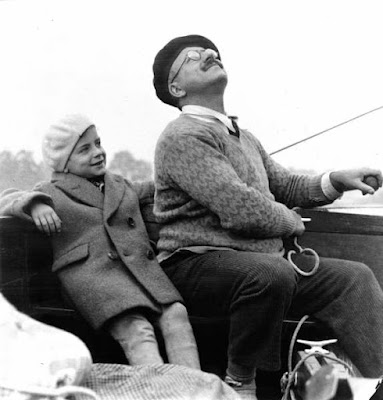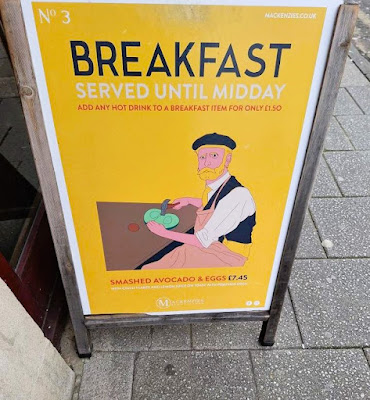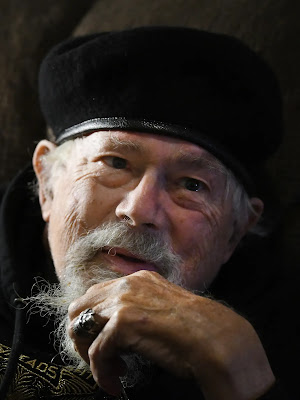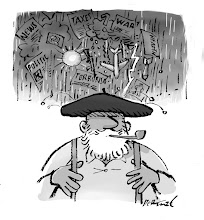Douglas was a British motorcycle manufacturer from 1907 to
1957 based in Kingswood, Bristol, owned by the Douglas family, and especially
known for its horizontally opposed twin cylinder engined bikes and as
manufacturers of speedway machines. The company also built a range of cars
between 1913 and 1922.
During World War I Douglas was a major motorcycle supplier,
making around 70,000 motorcycles for military use.
In the 1920s Douglas built the first disc brakes, and had a
Royal Warrant for the supply of motorcycles to the Princes, Albert and Henry.
Motorcycle production continued into World War II and was
extended to generators. In 1948, Douglas was in difficulty and reduced its
output to the 350 cc flat twin models. The first of these models designated the
T35 was one of the first production motorcycles to be fitted with rear
suspension (swinging arm) unique in that the springing medium was a
longitudinal torsion bar. The 1955 350 cc Douglas Dragonfly was the last model
produced.
The Westinghouse Brake and Signal Company Ltd bought Douglas
out and production of Douglas Motorcycles ended in 1957. Douglas continued to
import Vespa scooters into the UK and later imported and assembled Gilera
motorcycles.
Douglas gained significant attention in 1932–1933 when
Robert Edison Fulton, Jr. became the first known man to circumnavigate the
globe on a 6 hp Douglas twin fitted with automobile tyres. Fulton went on to
write a book on his adventure titled "One Man Caravan".














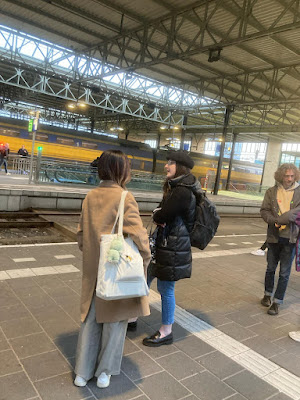





.jpg)











